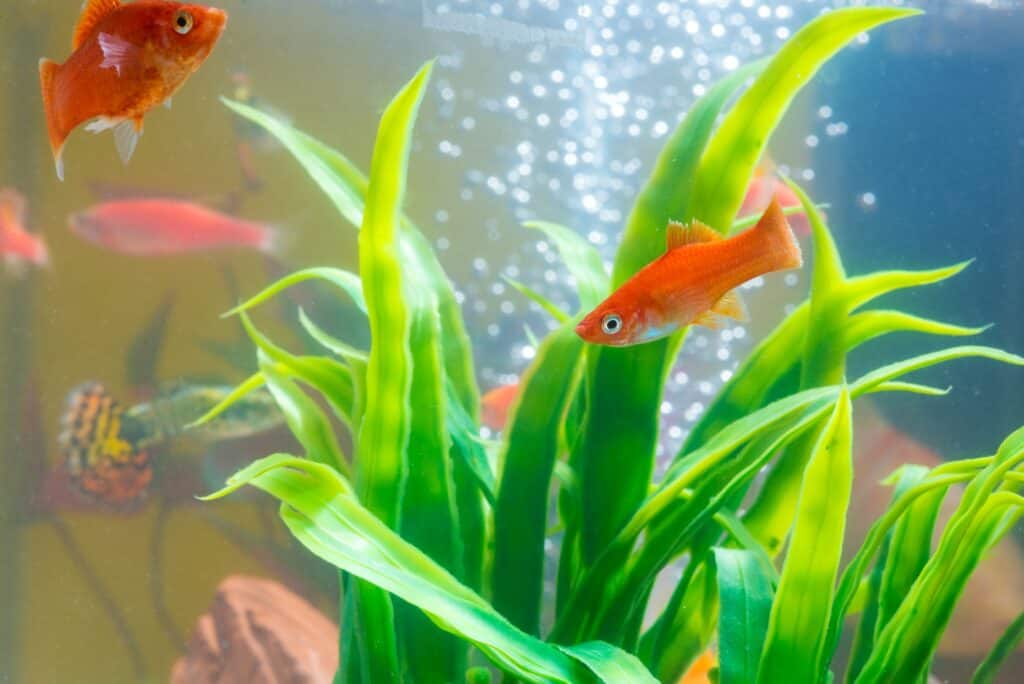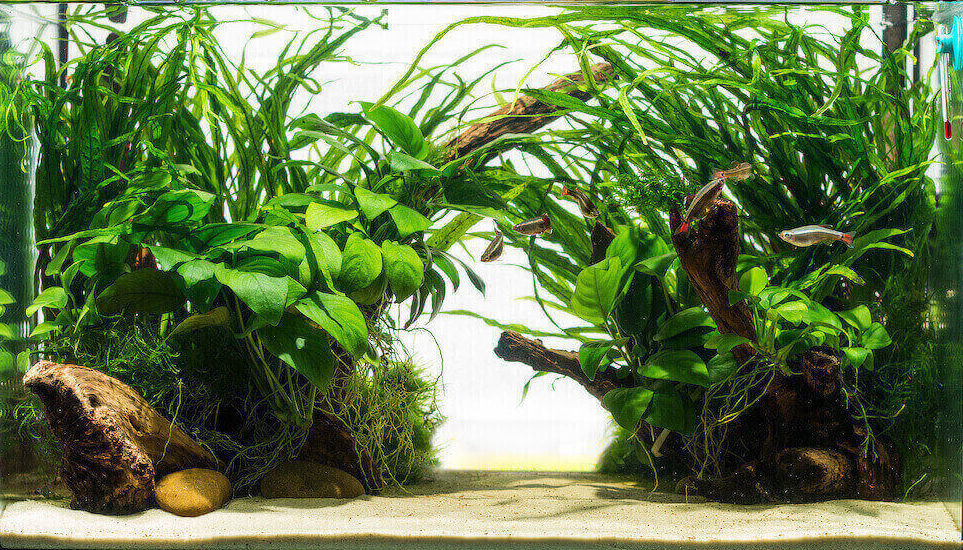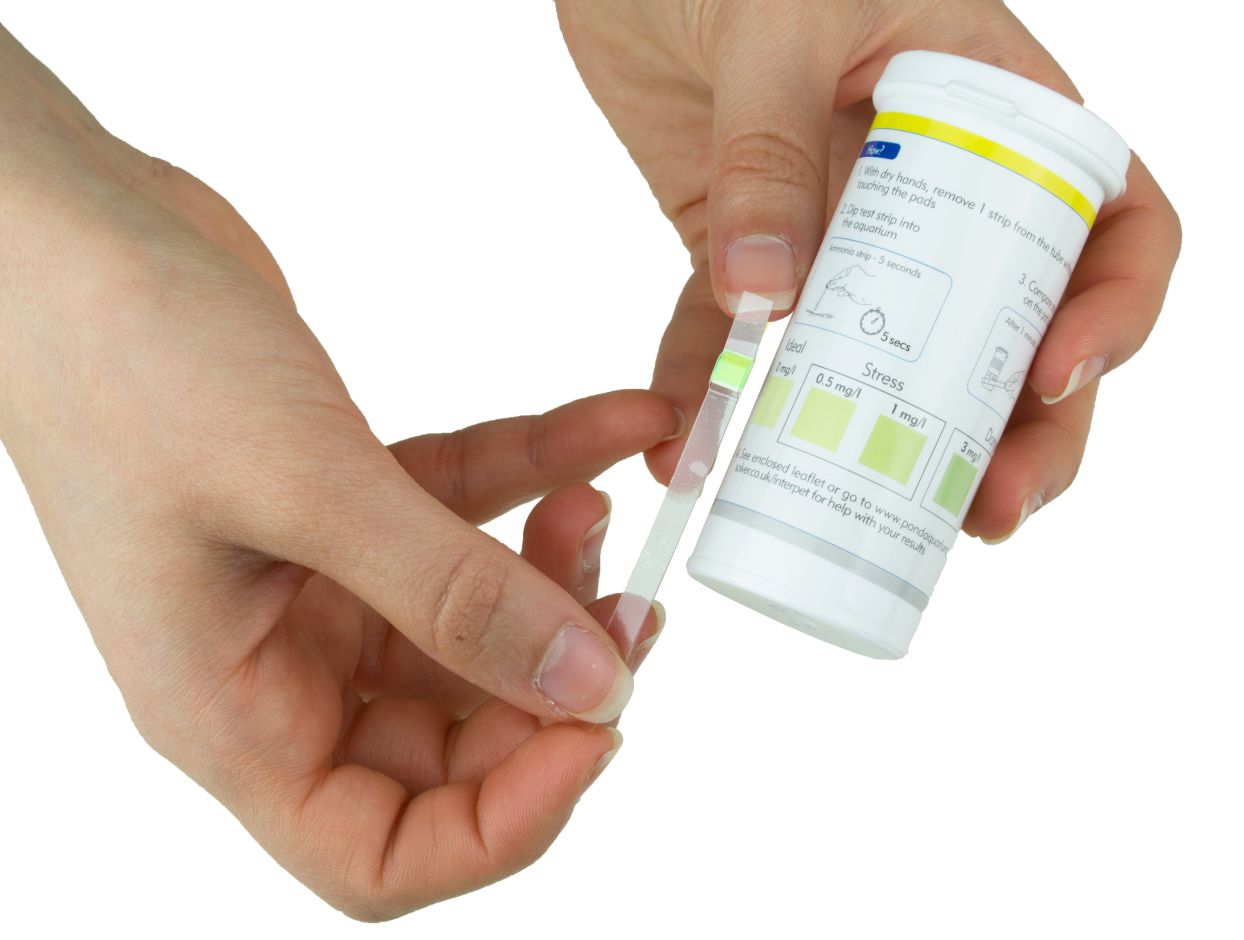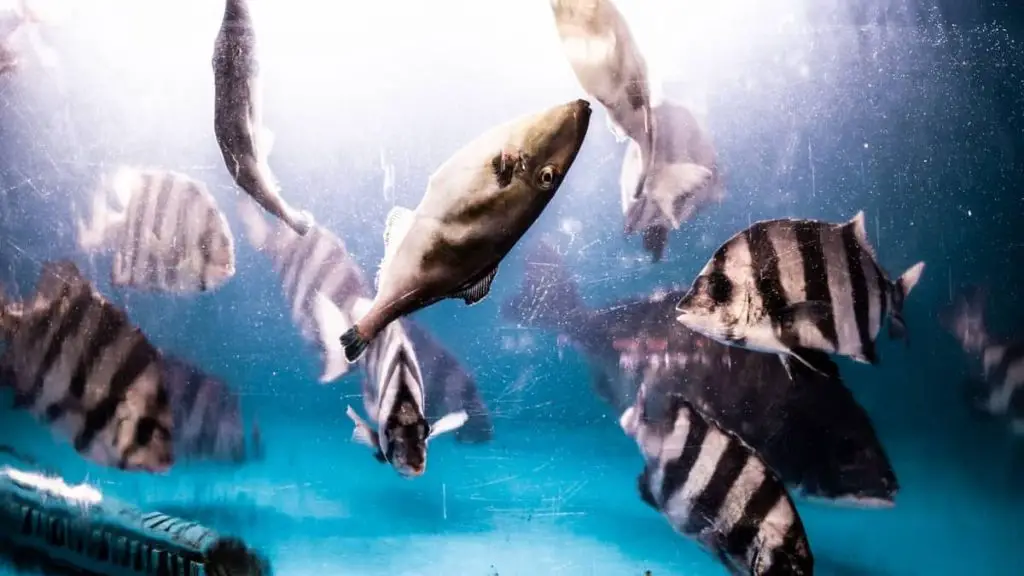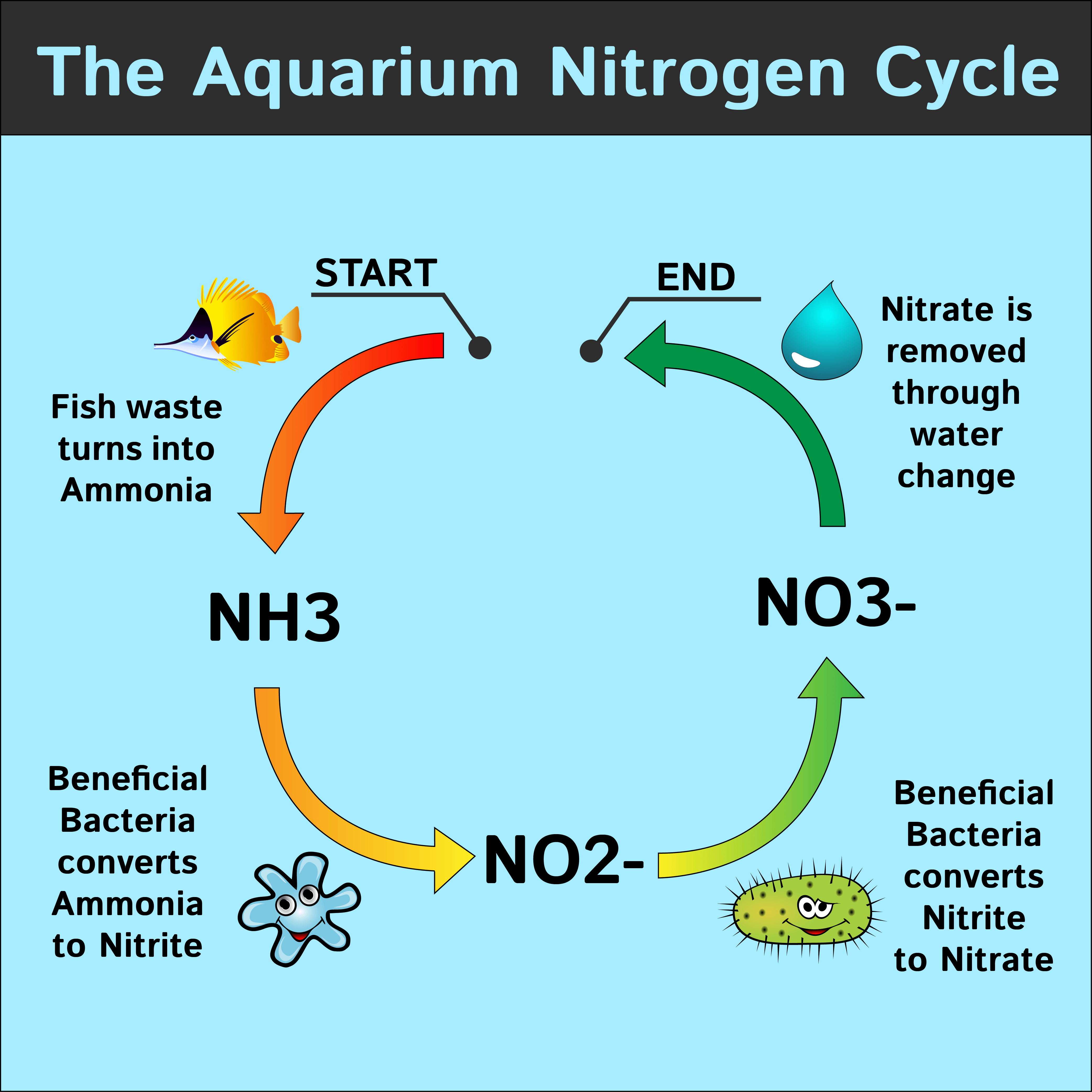What Everybody Ought To Know About How To Reduce Ammonia In Aquarium

Thus, if you find the ammonia level is high in your aquarium, changing 30% to 50% of.
How to reduce ammonia in aquarium. The simplest way to reduce the ammonia level in the aquarium is to install a filter with biological filter media where the beneficial bacteria are present adequately. How to increase aeration in the water 1. Regularly clean your aquarium, remove decaying plant matter, and vacuum the substrate to reduce the buildup of organic material that can.
How to get rid of ammonia in 10 quick steps: One way to lower ammonia is through regular water changes. Good bacteria, called nitrosomonas, break down the ammonia into nitrites.
One effective method is to perform regular water changes. And one of the most challenging aspects of aquarium. The good news is that there are ways to lower ammonia levels in your aquarium.
So, if you increase the aeration in your aquarium then it can get out of the water and into the air. Keep your tank clean: Learn how to reduce ammonia levels in your aquarium using proper filtration, regular water changes, and maintaining a balanced ecosystem.
By removing old water and replacing it with fresh, clean water, you can dilute ammonia levels and. Step 1) immediately do a water change step 2) use a gravel vacuum step 3) remove any uneaten food step. To lower ammonia levels, you can try reducing feeding amounts and frequency, doing partial water changes more often, and upgrading to a more powerful.
Increasing aeration in the tank can help to lower the ammonia level in your aquarium. A second bacteria, called nitrobacter, then feeds on the nitrites and produces nitrates. To effectively lower ammonia levels in your aquarium, try regular water changes, introduce beneficial bacteria, increase tank aeration, and consider upgrading to.
Water changesare vital in keeping good water quality. The best way to reduce ammonia levels in a tank is through partial water changes. Clean the tank substrate:
Vacuuming the gravel or sand at the bottom of your tank helps remove accumulated waste and uneaten food particles that contribute to. Do a water change. The ammonia gas in the nh3 form is toxic for your fish and it can dissolve in the water.
Nitrate levels above 40 ppm become risky, and above 80, they can become dangerous.







